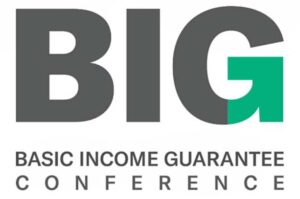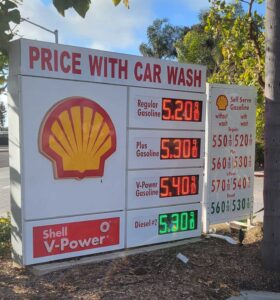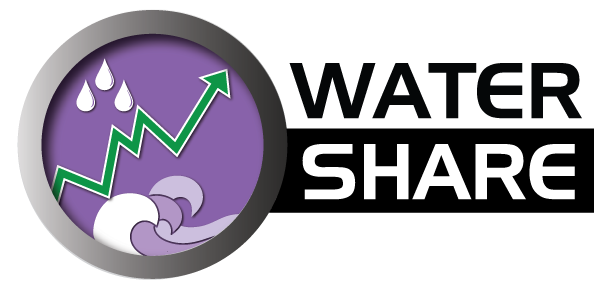
WATER SHARE
Protect Our Water
THE GOAL
The goal of Water Share is to help jurisdictions meet water conservation targets in a fair and transparent way, to make high-users pay more, and to reward conservation.
HOW IT WORKS
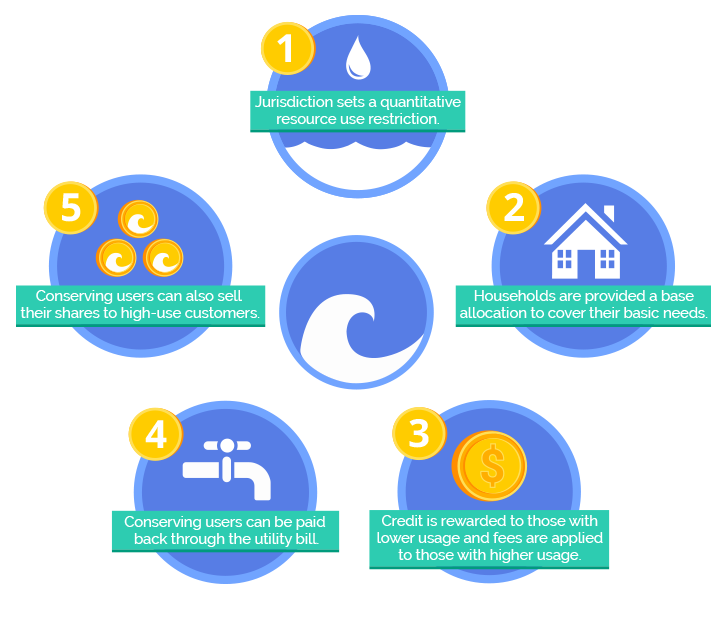
WHAT IS BEING REGULATED: WATER FOR HOUSEHOLD OR AGRICULTURAL USE
A Water Share system sets a cap on the use of water during times of drought or scarcity. The focus can be on household water use or on agricultural use. Due to differences between urban and agricultural use in water rights, quantity of use, and options for reduction, the two sectors would likely be in separate (but perhaps parallel) programs. In general, the information on this site is geared toward household water use, but agricultural customers may contact us for more information on that sector. Similarly, the information below may not be applicable to rural households that use well water, but you may contact us for more information.
HOW WATER USE IS REGULATED AND CAPPED
Water governance boundaries are often set by natural resource availability, watershed, or political boundaries (state borders). These may overlap or not. The Water Share program requires a boundary to be set delineating resources within the boundary as those that will be “shared” among the resource users.
A quantitative resource use restriction on water may come about due to:
Current Water Scarcity – for example, an ongoing drought, natural disaster, groundwater depletion, increasing population, “paper water” allocation exceeding actual water supply, overallocation of upstream resources, or lack of capacity due to new needs or regulations (i.e. in-stream flow requirements, recent growth in residential, industrial or other use).
preparation for future or imminent water scarcity – for example, setting per capita use reduction goals to head off projected scarcities.
In terms of wastewater, a community may face discharge restrictions due to environmental factors, groundwater or downstream location issues.
The program may also include or exclude specific categories of users, or set rules regarding categories of users such as residential, industrial, and agriculture. It may also create special categories such as golf courses or an industrial plant whose use exceeds the other users of the resource in the community. It may create credits for using reclaimed wastewater or capturing and recharging urban runoff.
HOW TO DIVIDE AND DISTRIBUTE SHARES
The Share itself is denominated in gallons of water, based on the total water budget of the resource being conserved. A price signal is attached to the Share that provides an economic incentive to reduce consumption. The Share can work alongside existing conservation pricing, or be incorporated into a new water pricing regime. The Share can also function with a legal basis independent of existing water rights law, or it can be incorporated into the existing system. All households would be provided a base allocation to cover their drinking, cooking, and bathing needs. Customers would pay for this base allocation water under the existing rate structure of their utility. Above the basic allocation, tiered rates would apply. However, when a utility approaches major water scarcity, they could implement Water Share by distributing equal tradable rights to limited water consumption within their jurisdiction. These rights (or Shares) are distributed through the water company billing system or through a debit card. An electronic disbursement of the Share could reside on an account accessible on an app that may be downloaded to a smartphone.
HOW TO RECEIVE COMPENSATION
The Shares are either paid back through the utility bill as they are used, or sold by conserving customers to high-use customers through the billing system or through an online exchange similar to EBay.

WHAT MAKES IT UNIQUE
Water Share incorporates a more nuanced approach to resource limits than conventional water rationing. Water Share ensures at least the minimum allocation to all people in a jurisdiction, and gives credit to water conservationists for using below a threshold amount of water. Water Share is a holistic program that can include, at the jurisdiction’s discretion, a review and potential alteration of rate structure to incentivize conservation, and financing structures to provide up front capital to consumers for efficiency measures, and potential renegotiation of water rights among large users within a jurisdiction (i.e. historical rights held by agricultural users for use on crops no longer being grown in the area).
HAPPENING ON THE GROUND
Water Share Systems are being advocated across the world. Here are some examples of what is happening on the ground:
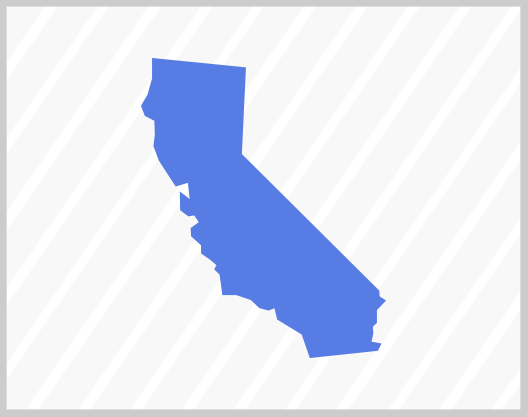
CALIFORNIA, USA
California has spearheaded multiple initiatives to conserve and allocate water use.
